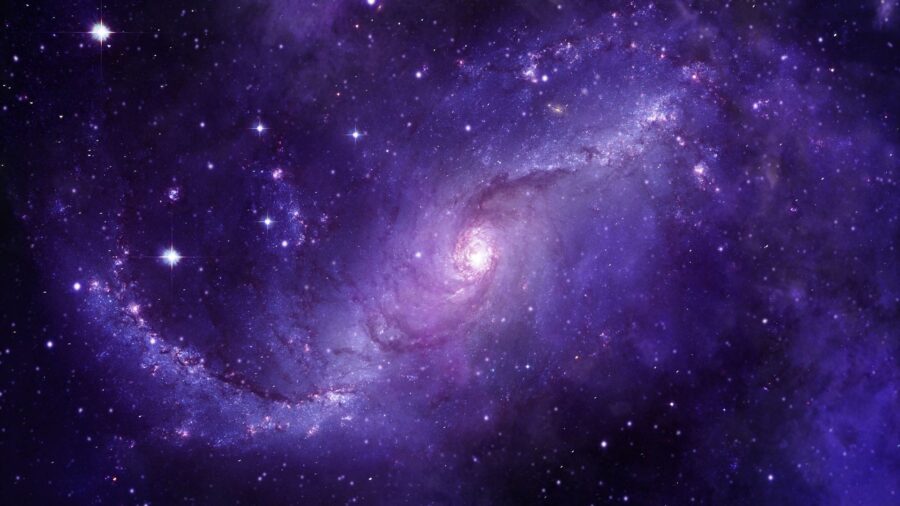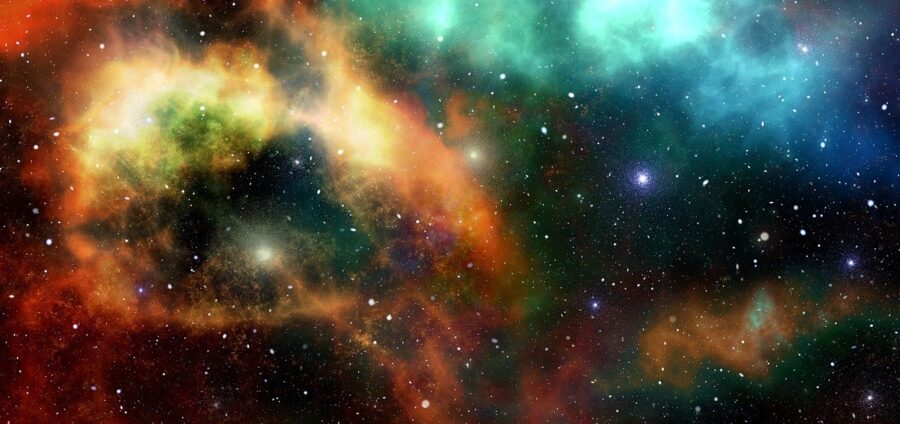Mysterious Element Stopping The Universe From Expanding

Scientists have stumbled upon a mysterious force that seems to have stopped the Universe from expanding. New research published in Physical Review Letters states that the voids between galaxies are quickly growing, pushing the Universe’s large-scale structure apart. Since no one knows what causes this cosmic enigma, it has been named “dark energy.”
Like an amplifier that enhances matter’s ability to merge into large-scale structures, gravity plays its part. But in the cosmic drama of space, dark energy takes on the role of an attenuator, damping these movements and stopping the Universe from expanding. Now, Nhat-Minh Nguyen, Dragan Huterer, and Yuewei Wen from the University of Michigan plan to unlock the secrets of the slowdown.
“The difference in these growth rates that we have potentially discovered becomes more prominent as we approach the present day. These different probes individually and collectively indicate a growth suppression. Either we are missing some systematic errors in each of these probes, or we are missing some new, late-time physics in our standard model.”
Nhat-Minh Nguyen
They believe that by understanding how the cosmic structure has evolved and clustered over time, they can shed light on the nature of gravity and dark energy. One of the central mysteries in cosmology revolves around the rate of the Universe expanding, known as the Hubble constant (H0). Different methods of measurement have yielded conflicting results.
For instance, measuring how certain types of exploding stars recede into the distance suggests an acceleration of 74 kilometers per second per megaparsec. On the other hand, using the cosmic microwave background (CMB), a faint glow of radiation from the early Universe leads to a Hubble constant of approximately 67 kilometers per second, Science Alert reports.

While these discrepancies might appear minor, they have persisted across various investigations, demanding closer examination. Nguyen, Huterer, and Wen decided to take a fresh look at the cosmological model known as the flat ΛCDM concordance cosmology. In this model, the Universe’s evolution and expanding nature is akin to a complex chess game.
By understanding how the cosmic structure has evolved and clustered over time, they can shed light on the nature of gravity and dark energy.
Dark energy pushes the pieces on the board, while dark matter’s gravitational influence guides their motion. By rewinding the cosmic clock and examining how the Universe began, from rapid inflation to the formation of stars and galaxies, they sought to understand if there were deviations from the concordance model.
If the growth of the cosmic web somehow hindered the predicted progression, it could reconcile the differences in the measurements of the Universe’s expanding rate. Their investigation involved a meticulous combination of measurements, including ripples in the cosmic web, gravitational lensing events, and cosmic microwave background details.
While the brakes on the cosmic web’s growth remain a puzzle, the research into what’s stopping the Universe from expanding brings humanity closer to deciphering the cosmos’s deepest secrets.
The results found that the cosmic web appears to be growing at a slower pace than what the flat ΛCDM concordance cosmology model predicts. “The difference in these growth rates that we have potentially discovered becomes more prominent as we approach the present day,” Nguyen said about dark energy stopping the Universe from expanding.
“These different probes individually and collectively indicate a growth suppression. Either we are missing some systematic errors in each of these probes, or we are missing some new, late-time physics in our standard model,” Nguyen continued. While the brakes on the cosmic web’s growth remain a puzzle, the research into what’s stopping the Universe from expanding brings humanity closer to deciphering the cosmos’s deepest secrets.
The Universe has taken 13.7 billion years to reach its current state of cosmic splendor, but there is still a lot that scientists still need to understand. Dark energy remains one of the most mysterious threads, weaving together the story of our existence. As research reveals more about its nature, we come closer to unraveling the enigma that keeps our Universe in a state of eternal expansion.










